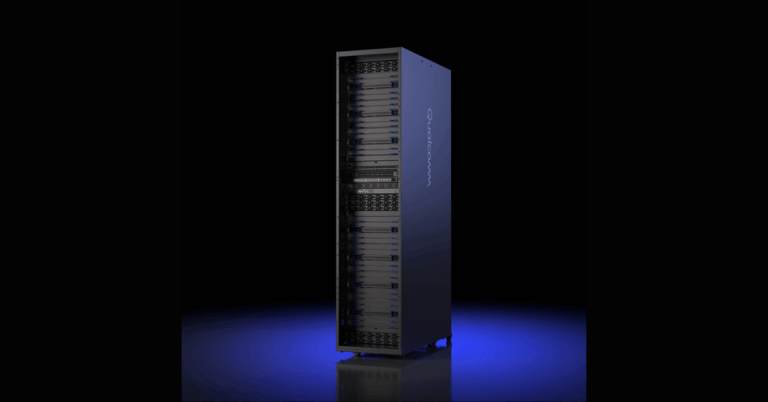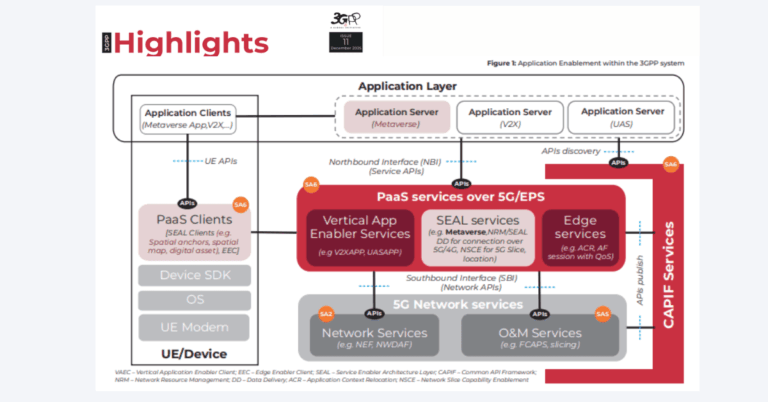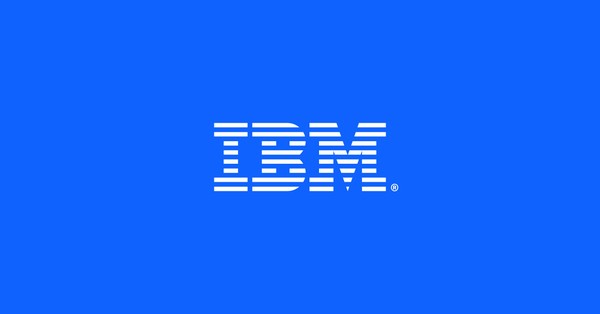Qualcomm AI200/AI250: memory-first AI inference for data centers
Qualcomm is moving from mobile NPUs into rack-scale AI infrastructure, positioning its AI200 (2026) and AI250 (2027) to challenge Nvidia/AMD on the economics of large-scale inference.
From mobile NPU to rack-scale AI inference
The company is translating its Hexagon neural processing unit heritage—refined across phones and PCs—into data center accelerators tuned for inferencing, not training. That distinction matters: as enterprises shift from model development to serving production workloads, latency, memory footprint, and cost-per-token become the defining metrics. Qualcomm’s approach targets these levers with dedicated inference silicon, rather than extending training-optimized GPUs downmarket.
Liquid-cooled rack systems and modular options for hyperscalers
AI200 and AI250 will ship in liquid-cooled, rack-scale configurations designed to operate as a single logical system, matching the deployment pattern now common with GPU pods. Qualcomm says a rack draws roughly 160 kW—comparable to high-end GPU racks—signaling parity on power density and the need for advanced cooling. Importantly for cloud builders, Qualcomm will also sell individual accelerators and system components to enable “mix-and-match” designs where operators integrate NPUs into existing servers and fabrics.
Memory-first architecture as the inference advantage
Inference throughput on large language models is bottlenecked by memory capacity and bandwidth, not just raw compute. Qualcomm is leaning into that constraint with a redesigned memory subsystem and high-capacity cards supporting up to 768 GB of onboard memory—positioning that as a differentiator versus current GPU offerings. The company claims significant memory bandwidth gains over incumbent GPUs, aiming to cut model paging, improve token throughput, and reduce energy per query. If borne out by independent benchmarks, this could reset TCO assumptions for production-scale inference.
AI market context: diversification pressure and software gravity
Rising AI demand and supply constraints are forcing buyers to reassess vendor concentration risk, software lock-in, and power/cooling headroom.
Nvidia leads, but buyer diversification pressure is rising
Nvidia still controls the vast majority of accelerated AI deployments, with AMD gaining ground as the primary alternative. Hyperscalers have also introduced in-house silicon (Google TPU, AWS Inferentia/Trainium, Microsoft Maia) to mitigate supply exposure and tune for specific workloads. Qualcomm’s entry widens the menu at a moment when capacity is scarce and data center capex—projected to exceed trillions through 2030—is shifting toward AI-centric systems.
CUDA lock-in vs portability and operational fit
The biggest headwind is the software ecosystem. CUDA, along with Nvidia’s toolchain and libraries, remains deeply embedded in research and production pipelines. Qualcomm is signaling support for mainstream AI frameworks and streamlined model deployment, but enterprises will still need to plan for code migration, runtime validation, and MLOps changes. Inference is more portable than training, yet ops realities—scheduler integration, observability, autoscaling, and model caching—can stretch migration timelines.
Proof points: inference performance, energy per token, ecosystem
Key validation milestones include independent inference benchmarks (e.g., latency/throughput at fixed quality), energy per token, model compatibility without extensive retuning, and third-party software support from ISVs. Early lighthouse deals—like Saudi-based Humain, which plans to deploy Qualcomm-based inference capacity across hundreds of megawatts starting 2026—will help test real-world operability at scale.
Implications for telcos, cloud providers, and edge AI inference
Telecom and cloud operators need to connect inference economics to network strategy, power budgets, and edge placement decisions.
Scaling network AI and customer workloads with inference
As generative and predictive models are embedded into OSS/BSS workflows, network planning, customer care, and content personalization, cost-efficient inference becomes a competitive differentiator. Memory-rich accelerators can help serve large context windows for LLMs, improve RAG performance for knowledge retrieval, and accelerate recommendation engines—relevant for media, advertising, and enterprise SaaS delivered over operator platforms.
Power and liquid cooling constraints in core and edge sites
Racks rated near 160 kW require liquid cooling and careful facility planning, which may limit deployment to core data centers or purpose-built edge hubs. Operators should assess facility readiness, heat reuse options, and power delivery upgrades, and weigh centralization versus distributed inference architectures that push smaller models to far edge while anchoring heavy contexts in regional cores.
Procurement, interoperability, and open standards
For buyers standardizing on open hardware and fabrics, diligence should include alignment with Open Compute Project designs, interoperability across PCIe, Ethernet/RoCE, and emerging memory interconnects such as CXL, as well as scheduler support in Kubernetes, Slurm, or cloud-native MLOps stacks. Qualcomm’s component-level offering may suit hyperscalers customizing racks, but operators should verify supply chain maturity, spares strategy, and interoperability with existing monitoring and security tooling.
Decision framework for CXOs and architects evaluating Qualcomm AI
Evaluate Qualcomm’s AI200/AI250 against workload fit, software portability, facility readiness, and multi-vendor risk posture.
Anchor decisions on workload profiles and model roadmaps
Map your 24–36 month model mix: LLM sizes, context lengths, multimodal requirements, and update cadence. If training is infrequent and inference dominates, prioritize memory bandwidth and capacity per accelerator, latency at target quality, and cost-per-token. Assess whether 768 GB-class cards reduce model sharding and cross-node chatter enough to impact performance and cost.
Quantify TCO with realistic power, cooling, and utilization
Build apples-to-apples TCO models: acquisition cost, facility upgrades for liquid cooling, energy at realistic PUE, and expected utilization given your traffic patterns. Include software migration costs and productivity impacts. Stress-test scenarios where token demand spikes and where models evolve to larger context windows that can erode prior gains.
De-risk the software migration path
Pilot on representative models using mainstream frameworks and your serving stack. Validate compatibility with your inference servers, vector databases, observability pipelines, and security controls. Target minimal code changes, reproducible performance, and automated failback to existing fleets. Secure vendor commitments on toolchains, long-term driver support, and documentation quality.
Stage adoption with targeted lighthouse deployments
Consider targeted rollouts for inference-heavy domains—search, RAG assistants, recommendations—where memory-bound gains are most likely. Use phased capacity adds to validate reliability, incident response, and patch cadence before broader rollout. Align contracts with clear SLOs on throughput, latency, and energy efficiency.
Outlook: more AI infrastructure choice, stricter validation
Qualcomm’s pivot adds a credible, inference-centric option to a market hungry for capacity, but buyers should demand evidence under production constraints.
Balanced buyer view and next steps
If Qualcomm’s memory-first design delivers measurable advantages with a workable software path, it can lower inference TCO and diversify supplier risk alongside Nvidia, AMD, and in-house silicon. Until independent results arrive, prudent teams will run structured bake-offs, emphasize software portability, and synchronize facility upgrades with a staged adoption plan. For telecom and cloud operators, the strategic prize is scalable, reliable inference that fits within power envelopes and budget realities—whoever delivers that mix will win the next phase of AI infrastructure spend.








































